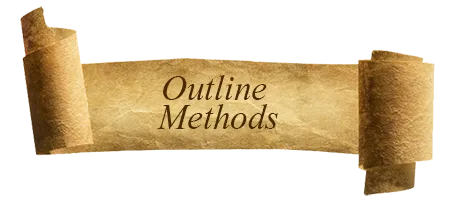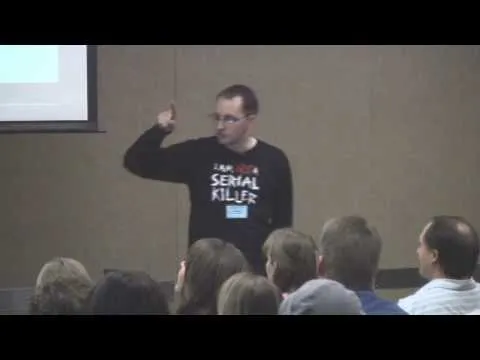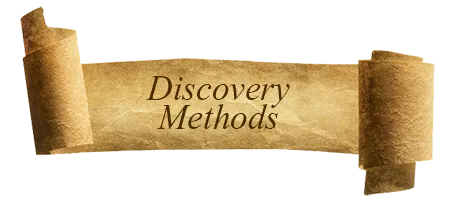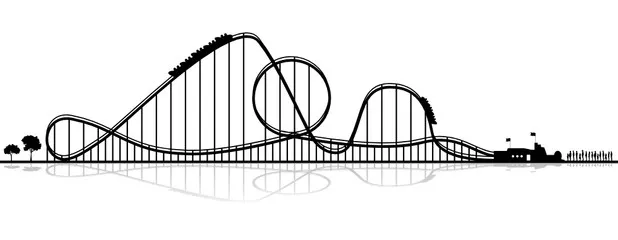If you're interested in writing, regardless if you're experienced or just starting out, you might find something useful in these tip blogs (ingenious name I know). Today we're gonna talk about a very common question that's on every new writer's lips. Should I plan out my story? If so how much should I do it? Or should I just 'wing it'?



What is Outline Writing?
Outline writers are people that plan out their stories. George R R Martin calls them architects. This means you know the beats that your story is going to take. You know the ending, and you know the tipping point when everything goes wrong for our protagonist. This is great if you are the type of person that knows exactly what type of story they want to write.
What is Discovery Writing?
Discovery writers are crazy people! Just kidding, there are a lot of great authors that just wing it. Grandpa George calls these authors gardeners. Discovery writing is when you don't have anything planned, anything major that is, and you just want to write a story. The process is very free flowing and organic.
You'll discover soon enough that there is no right answer to the question "What should I do?", the answer is do you!! I will try my best to give you some great methods in both, and you will have to try them out and see what suits your writing style. :)

So I'm gonna throw at you some tried and true methods that should help you if you are an outliner. I just wanna preface before we start that none of these are rules, they are just here to help you. Use these techniques at your leisure, and figure out what works best for you!
The 3 Act Structure:

So this is something most people should be familiar with. The 3-Act Structure is by far the simplest and easiest to "execute" outline method. The First Act - Introduction: This is where you introduce your story, characters, setting, tone and of course where you lay your seeds for future payoffs (having great payoffs is very important!!). The Second Act - Conflict: Here you should be getting into the meat of the story, this is when things start to get much, much worse for our protagonist. The Third Act - Resolution: This is where the payoffs come in. The most important thing is to have a satisfactory end, something fulfilling that answers questions and leaves the reader feeling sated.
The Heroes Journey - Monomyth:

This right here is a very common template for storytelling. A lot of your favorite stories could be found using this template. Star Wars followed this template to a T, to its own detriment mind you, but that's a story for another time. It is very easy to map out a story this way, only problem being that it has been done since ancient times basically, and most heroic folk tales, and as mentioned before, modern fantasy stories, follow it.
But again, you can do whatever you want in writing. You can take the Heroes Journey and flip it on its head. Again these are all methods to your madness as it were.
7-point story structure:
There are a lot of these story structures out there. Every writer essentially has a morphed version of one. I found this particular one by pure chance one day while browsing YouTube. It just popped into my life, and I was pleasantly surprise by it. It is done from a relatively new author, Mr. Dan Wells. And what better way to experience it then by listening to the man himself!

If this tickles your fancy, the series is 5 videos long, and he goes in great detail about this story structure. I have tried it out myself and it is personally not my cop of tea - too heavy on the outlining, for me of course.

Seeing how Outlining is for planners, the methods mentioned here will be much more loose in their structure. The main thing to know about discovery writing, is that your ending will most likely suffer. However the good thing is, your characters should come out stronger, more fleshed out. Again, writing is a process that you hone through countless hours of writing. None of what is written here matters if you don't practice!
The Roller Coaster:

A good story has a lot of twists and turns, screams and vomiting (wait, what?) This method, like most of these Discovery Methods, is pretty simple. It follows a Rise and Fall structure, where for every good thing that happens, two bad things follow. Once the conflict has been resolved you repeat- until you finish your story. Simple. right? :)
Yes...but/No. And!
I like this one a lot. It's just plain fun! So the question you want to be asking yourself when writing a story like this is: A conflict arises, does the character overcome it? Yes but something horrific happens. No and something even more horrific happens! :D
You can use this method to write an entire story start to finish. The only problem being that your characters might suffer. The main thing to remember is that causality should be the driving force when writing using this method.

I think the main thing you should take away from this blog is: write as much as possible, and figure what suits you!
You don't have to be purely an outliner or discovery writer, you can mix and match and do whatever. At the end of the day, it's your story and you get to decide what is the best way to tell it.
Thank you for reading!
This is my third blog on Steemit, and I would very much appreciate any and all feedback you guys can throw at me.
If you enjoyed the blog please consider upvoting and following!
You can find the parchment cards from the adobe store. You can get 10 free stock images if you're interested in that sort of stuff. :)
As for image sources: 1, 2, 3, 4, 5